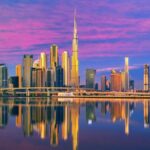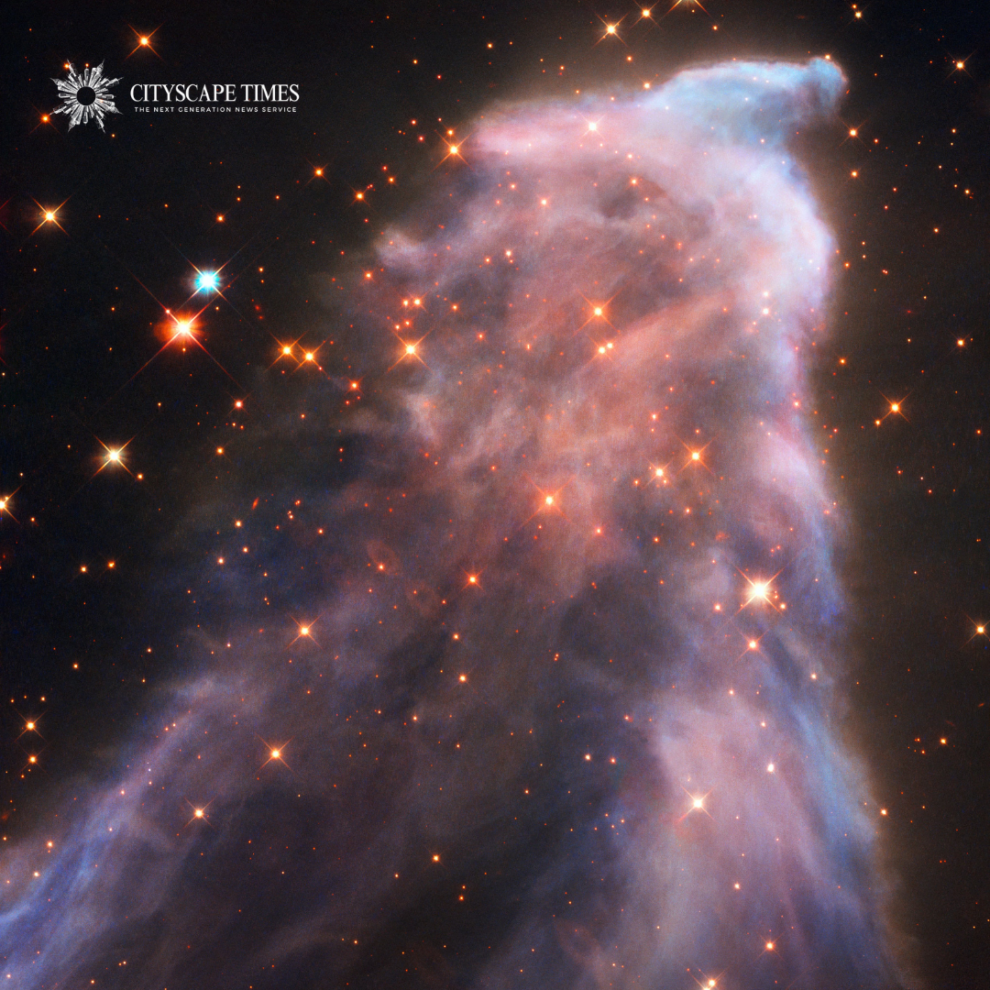The United Arab Emirates’ (UAE) latest achievement is truly remarkable! Astronomers there have captured a breathtaking image of a rare celestial formation called the “Ghost Nebula” which is located a staggering 550 light-years away. This isn’t just a beautiful picture; it’s a testament to the UAE’s growing interest in space exploration and scientific research.
On Sunday, June 2, 2024, the official account of the International Astronomy Center on X/ Twitter shared an image of the ‘Ghost’ Nebula photographed from the Abu Dhabi desert.
The Al Khatam Astronomical Observatory captured an image of the nebula known as “Cassiopeia‘s Ghost” from the Abu Dhabi desert. The nebula is composed of cosmic gas and dust and is located 550 light-years away. It primarily consists of ionized hydrogen, appearing red due to the influence of ultraviolet rays from a nearby giant blue star (Gamma Cassiopeia) which is not visible in the shared image. The International Astronomical Centre, based in Abu Dhabi, explained that the light blue color is caused by the reflection of rays from the dust in the nebula.
The Ghost Nebula, also known as IC 63, is located in the constellation Cassiopeia. Its wispy, ethereal appearance, which looks like a ghostly figure floating in space, gives it its name. This nebula is both a reflection and emission nebula. It reflects light from nearby stars and emits its own light due to the ionization of its gases. The primary star influencing the nebula is Gamma Cassiopeiae, a massive and highly luminous star whose radiation gives the nebula its distinctive glow.

As per the post, The awe-inspiring image of the Ghost Nebula was captured using the main telescope at the observatory. This telescope boasts a diameter of 36 centimeters, which is quite powerful for capturing deep-space objects. To achieve the incredible detail and color, astronomers relied on a technique called image stacking. They took multiple individual exposures:
- 156 images with a hydrogen filter: This filter isolates light emitted by hydrogen gas, which is prevalent in the nebula.
- 153 images with a sulfur filter: This filter captures light specifically emitted by sulfur, another element present in the nebula.
- 155 images with an oxygen filter: This filter focuses on light emitted by oxygen, revealing another facet of the nebula’s composition.
By combining these filtered images, astronomers were able to create a final image that showcases the rich colors and details of the Ghost Nebula. This technique helps to produce a clearer and more complete picture of the celestial object.
The images of the Ghost Nebula have generated a lot of excitement and interest among both scientists and the general public. Specifically, astronomy fans have praised the clear and beautiful images, noting the detailed structure of the nebula. Also, the photos show the delicate, thread-like nature of the nebula, with strands of gas and dust lit up by radiation from Gamma Cassiopeiae. In addition, these observations give scientists valuable information for studying how stars form and how stellar radiation interacts with the surrounding space.
The observation of the ‘Ghost’ Nebula is a big step forward in astronomy, showing how important it is for countries to work together. Scientists will share the data and pictures from this event with the world. This will help everyone learn more about nebulae and how they work. By working together, scientists can improve their research and make new discoveries in astronomy.




























Add Comment